A simple approach to create high performance thermoelectric materials, which would allow one to turn their body heat into electricity.
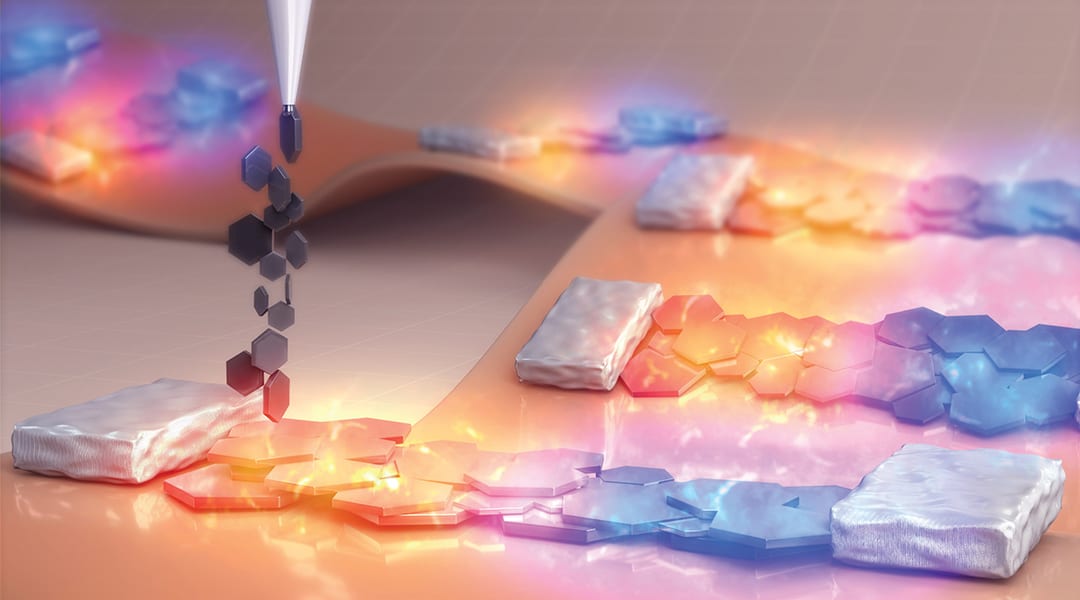


A simple approach to create high performance thermoelectric materials, which would allow one to turn their body heat into electricity.
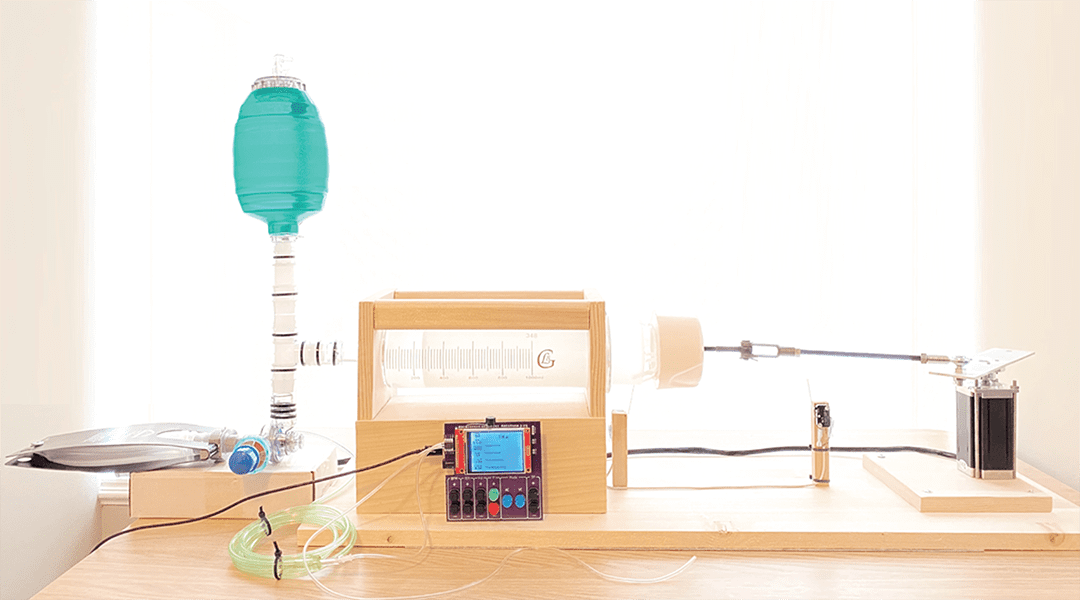
The procurement and maintenance of high‐end ventilators limits their use in emergency situations. By removing the “frills”, researchers create a viable alternative.
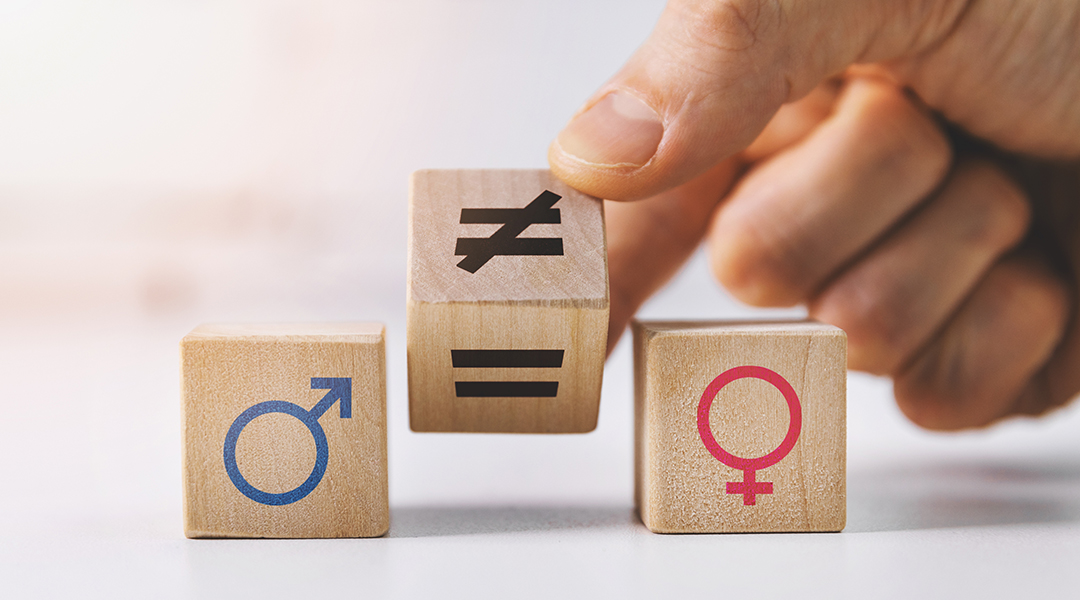
In a survey of biomaterials articles that included cell culture experiments, only 3.7% of studies reported the sex of the cells.

A new blood-derived embolic material with regenerative properties stops bleeding instantly, even in cases of impaired coagulation.
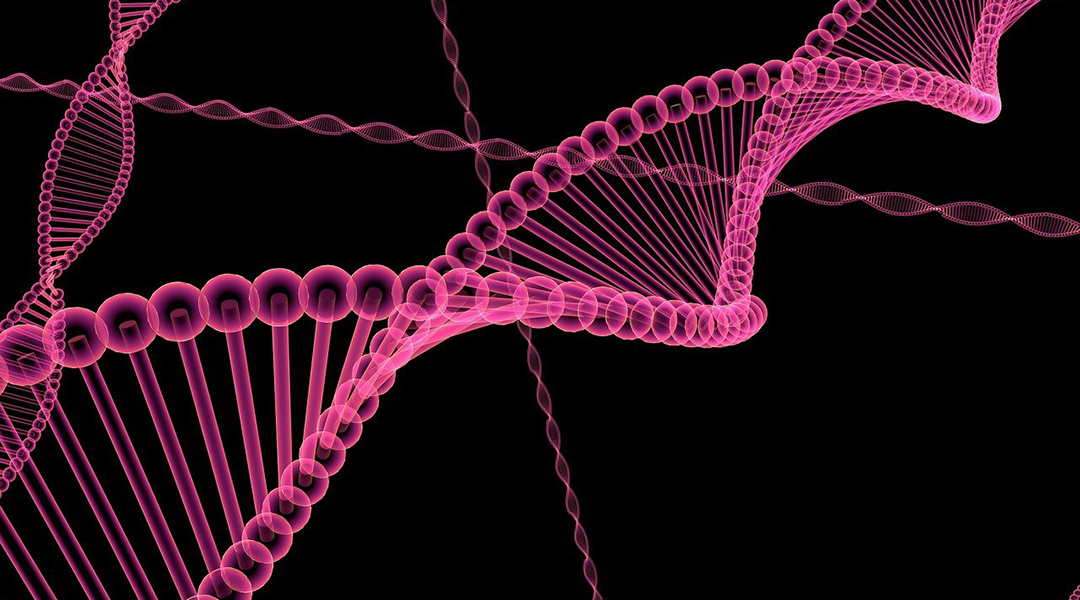
Complex 3D nanoscale architectures based on DNA self-assembly can conduct electricity without resistance and may provide a platform for fabricating quantum computing and sensing devices.
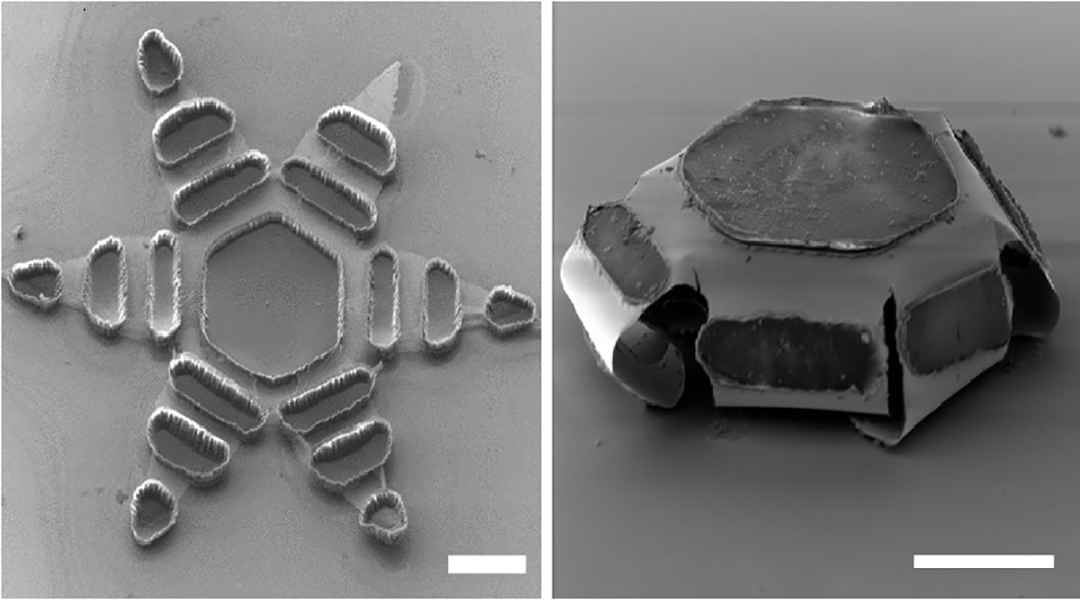
“Theragrippers” are inspired by a parasitic worm that clamps onto its host’s intestines.
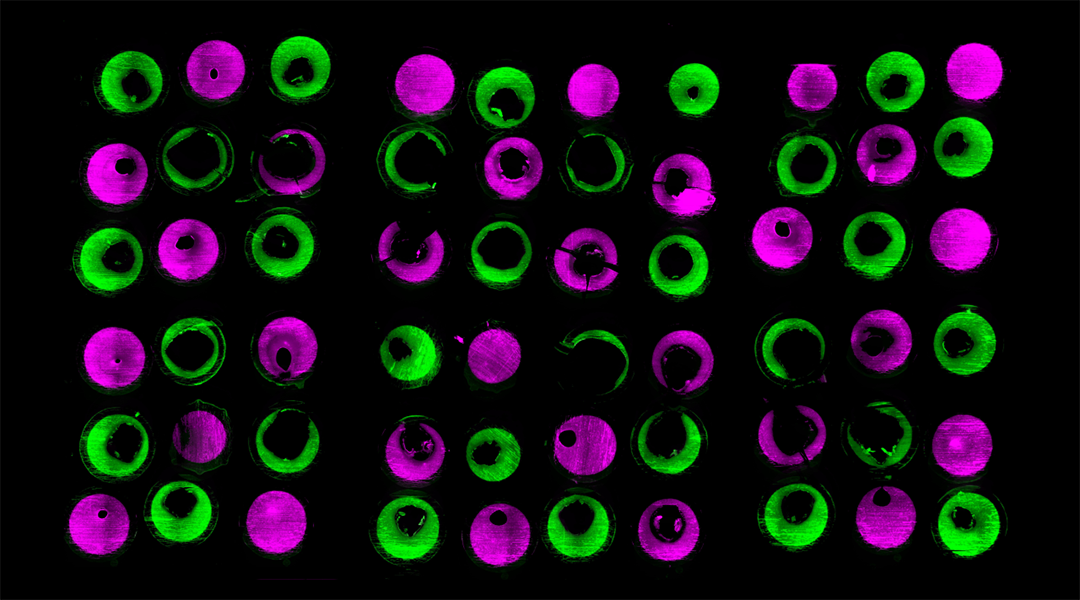
From micrometer-sized nanoflowers to hydrogel hearts, this edition of “This month in pictures” features more intriguing images from our journals and the science behind them.
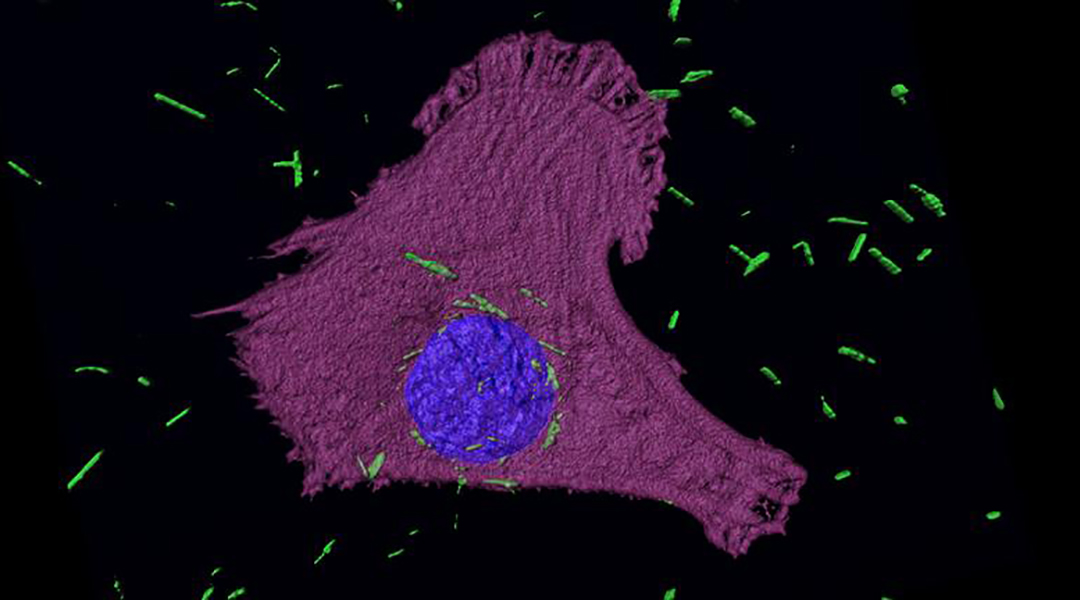
Researchers create a method to fine tune the properties of nanoparticles, making them a promising treatment for cancer.

Tiny moon shadows may harbor hidden stores of ice.
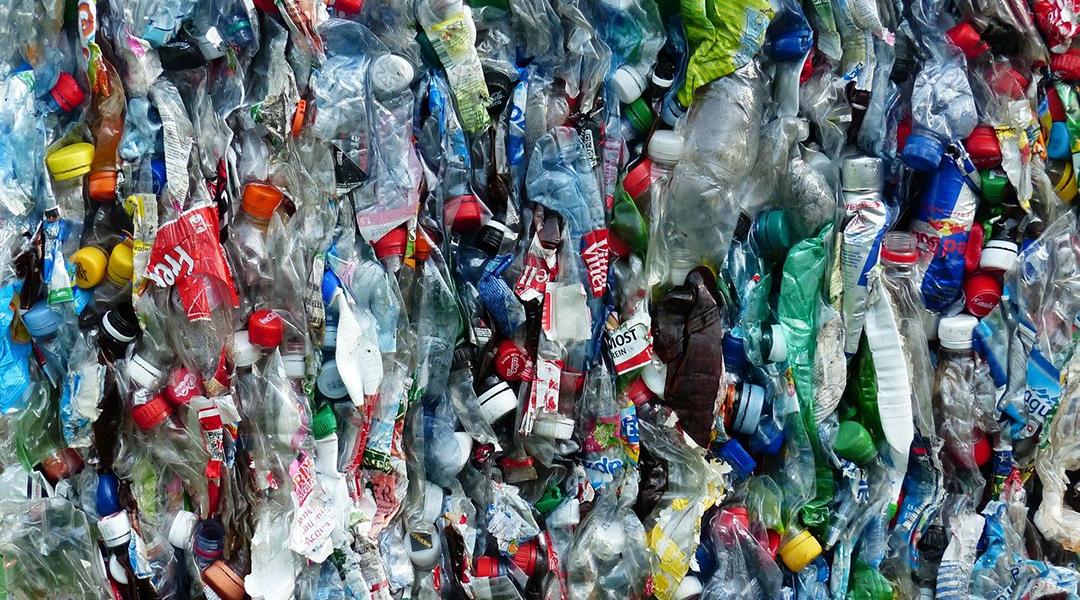
Researchers develop an efficient, low-energy method for upcycling polyethylene plastic waste into valuable molecules that can be repurposed for further use.